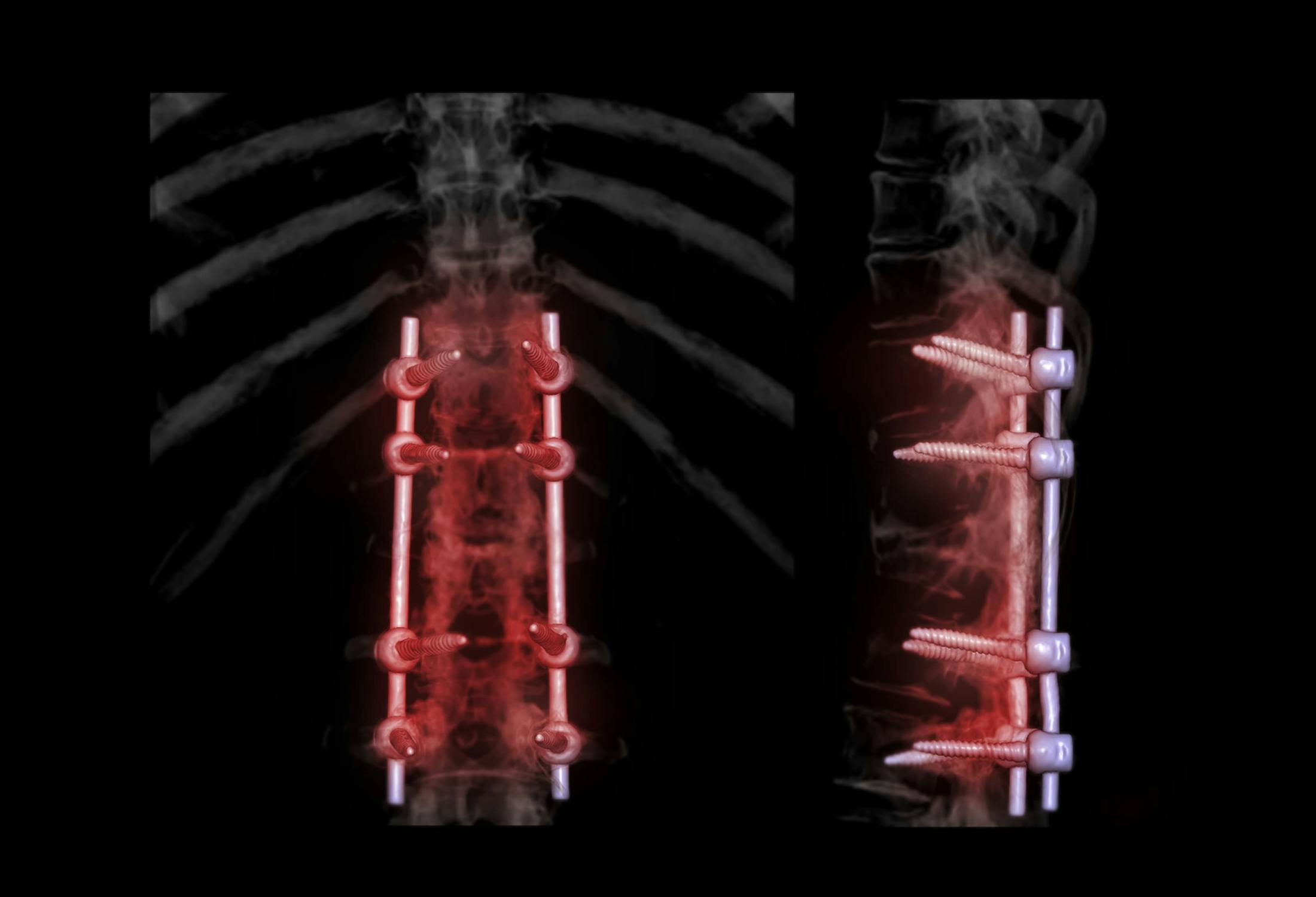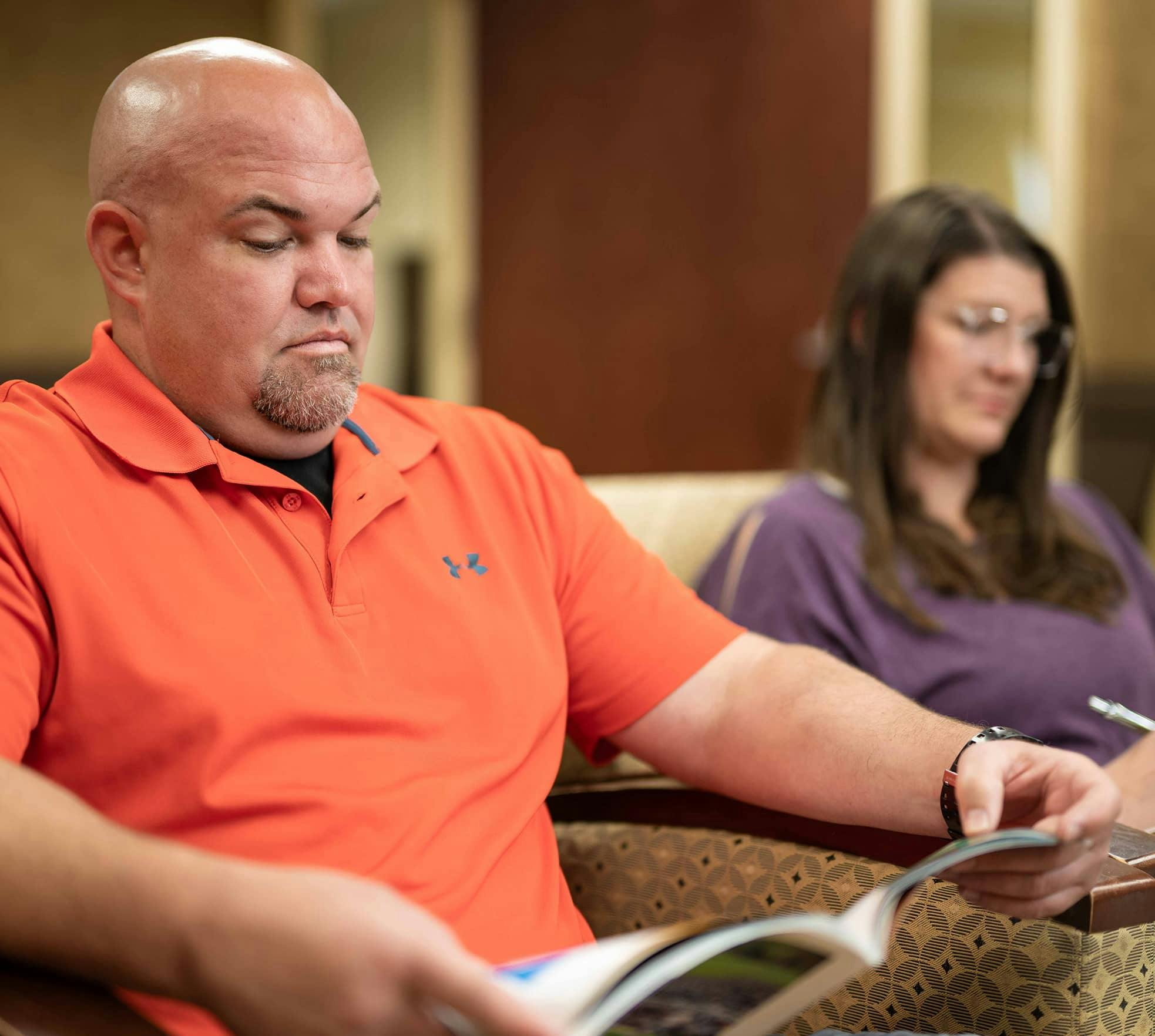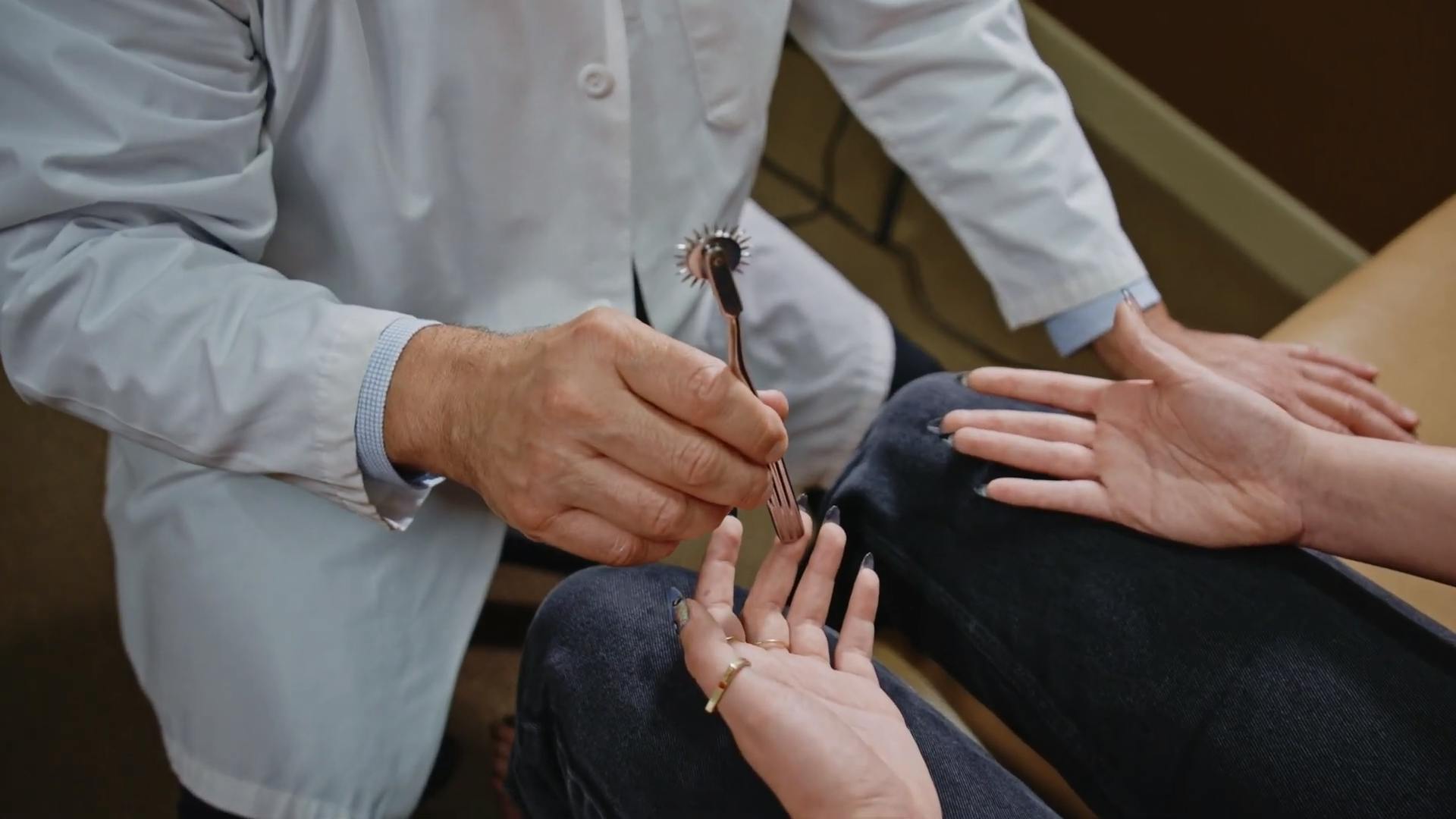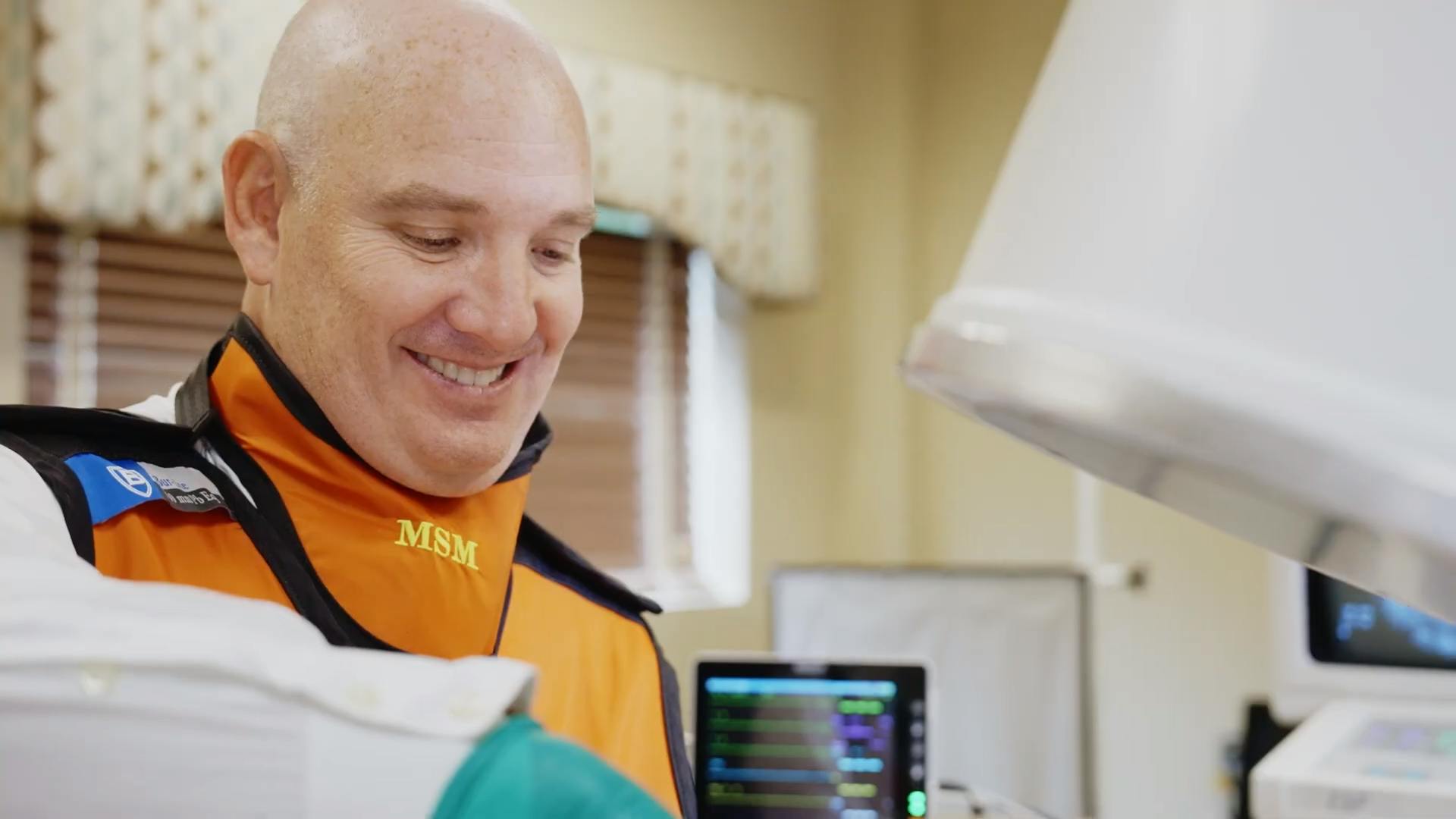Get to Know ALIF, XLIF®, PLIF, and TLIF


Minimally Invasive Spine Surgery Tailored to Your Needs
When it comes to spine surgery, the Center for the Functional Restoration of the Spine is committed to providing the most minimally invasive and highly effective treatments for each patient’s unique case. While non-surgical approaches are often preferred, our orthopedic surgeons in Edison, Shrewsbury, and Toms River, New Jersey, excel in performing a range of surgical procedures when necessary. We offer relief with several Lumbar Interbody Fusion options, including:
- Anterior Lumbar Interbody Fusion (ALIF)
- XLIF® Extreme Lateral Interbody Fusion
- Posterior Lumbar Interbody Fusion (PLIF)
- Transforaminal Lumbar Interbody Fusion (TLIF)
Anterior Lumbar Interbody Fusion (ALIF)
ALIF is a surgical procedure primarily used to address back or leg pain caused by degenerative disc disease. During the procedure, the surgeon stabilizes the spine by fusing adjacent vertebrae with bone graft material. ALIF is performed through a small incision made in the patient's abdominal area.
Partial Removal of the Damaged Disc
The damaged disc is partially removed, leaving some of the disc wall intact to contain the bone graft material. The insertion of a bone graft into the empty disc space realigns the vertebral bones, relieving pressure on pinched nerves. In some cases, the surgeon may choose to insert a metal plate secured with surgical screws to hold the vertebrae in place. For others, a series of screws and rods may be implanted along the back of the spine to provide additional support.
Achieving Fusion
Over time, the bone graft material forms a solid bridge of bone between the vertebrae above and below, a process known as fusion.
This fusion ultimately stabilizes the spine, alleviating pain and promoting improved spinal function.

XLIF® (Extreme Lateral Interbody Fusion)
XLIF® is a revolutionary minimally invasive procedure designed to treat leg or back pain resulting from degenerative disc disease. What makes XLIF® unique is its approach, as it is performed through the patient's side, avoiding major back muscles. This procedure is often performed on an outpatient basis.
Cutting-Edge Technology for Increased Precision
During XLIF®, the surgeon creates two small incisions on the patient's side, significantly smaller than those used in traditional back surgery. A specialized probe is inserted through one incision, while the second incision guides the surgical instruments. The probe is used to stimulate and detect nerves along the side of the spine, allowing the surgeon to avoid damaging them. Fluoroscopic x-ray images further assist in guiding the probe to the correct position on the spine. Dilation tubes are then inserted over the probe, creating a larger opening. A retraction device is employed to gently move aside muscle tissue, providing access to the spine. The surgeon performs the procedure through this channel.
Implanting a Disc for Long-Lasting Relief
The damaged disc is removed, and an implant filled with bone graft material is placed in the empty disc space, effectively realigning the vertebral bones and relieving pressure on pinched nerve roots.
Bone Morphogenetic Protein (BMP) may also be used to stimulate bone growth and facilitate a strong fusion.
The bone graft integrates with the implant, forming a solid “bone bridge” that connects the vertebral bodies above and below. This fusion process stabilizes the spine and provides lasting relief from pain and discomfort.
Posterior Lumbar Interbody Fusion (PLIF) & Transforaminal Lumbar Interbody Fusion (TLIF)
In addition to ALIF and XLIF®, there are two other lumbar interbody fusion options: Posterior Lumbar Interbody Fusion (PLIF) and Transforaminal Lumbar Interbody Fusion (TLIF). These procedures involve approaches from the posterior (back) of the spine and are performed to address various spinal conditions, including
- Fractures
- Spondylolisthesis
- Scoliosis
- Kyphosis
- Protruding or degenerated discs
- Spinal instability


Choosing the Right Fusion Procedure
The choice of lumbar interbody fusion procedure depends on several factors, including the specific condition being treated, the patient's age, overall health, lifestyle, and expected level of activity after surgery. At the Center for the Functional Restoration of the Spine, our experienced orthopedic team is dedicated to providing patient-centered care, focusing on pain relief and rehabilitation.
Your Path to Relief and Mobility
Our New Jersey orthopedic experts are ready to help you find relief from persistent back or leg pain. Contact us today, and let us guide you on your journey to pain relief and improved mobility.



